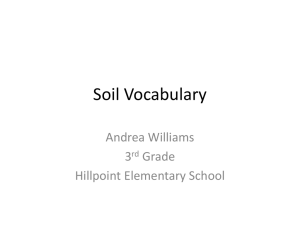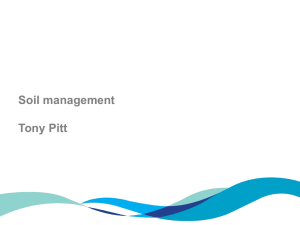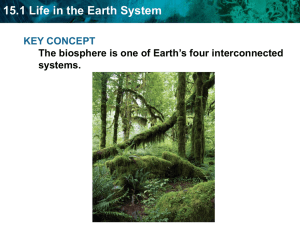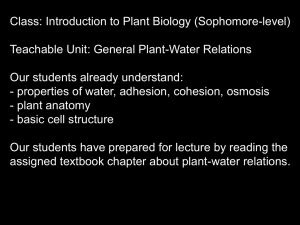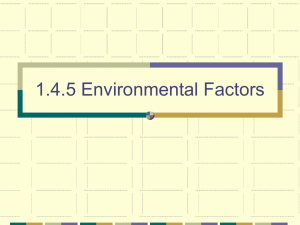`catena`. - GeoResource
advertisement
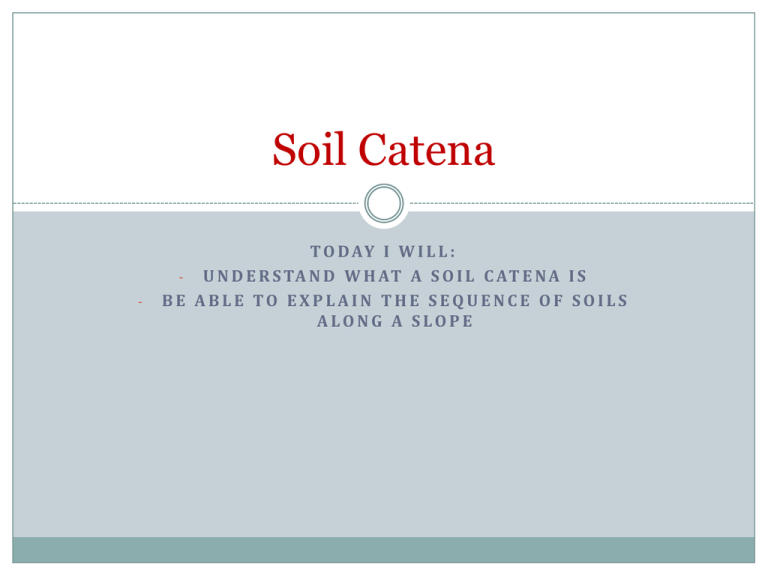
Soil Catena - T O D AY I W I L L : - U N D E R S TA N D W H AT A S O I L C AT E N A I S BE ABLE TO EXPLAIN THE SEQUENCE OF SOILS ALONG A SLOPE Geography Biosphere In Scotland, in general, podzols are found in the north east and brown earths in the east and south east. However, there can be huge variations in soil types across a small area. This can be seen through a section diagram across an altitude range - called a ‘catena’. In a catena, the sequence of soil profiles which develop down the slope relate to the relief and altitude of the land. Changing slope alters drainage, and the leaching and gleying processes, whilst altitude strongly influences the climatic effects in soil formation. Geography Biosphere Geography Biosphere Bedrock Soil Parent Material Geography Biosphere Gley Soils (NOT TUNDRA) See page 11 of the summary notes on information for the gley soil. A gley forms at the bottom of the slope because the area is waterlogged. This is because there is flat land and the water collects here from higher altitudes. This happens as long as the rock is impermeable. There is little humification as there is very few soil biota in the waterlogged conditions. The soil is quite shallow as weathering is slow. Soil Parent Material Bedrock Geography Biosphere Brown Earth A brown earth forms on lower slopes as it is the zonal soil for this climate and vegetation. Some humification takes place as the climate is still quite mild and wet and the mild climate aids decomposition. Leaching takes place as precipitation exceeds evaporation – the higher you go the more rain received. Horizons are mixed because soil biota mix the soil. Bedrock Soil Parent Material Geography Biosphere Podzol Soil At the highest altitude we find podzol soil as it is coldest here and particularly wet. The weathering of the soil is slow due to the cold climate and humification is slow as few biota live in the cold conditions. There are distinct layers because of a lack of mixing by the biota. Leaching and podsolization occurs because precipitation exceeds evaporation. An iron pan caused by re-deposited iron impedes drainage. Sometimes the soil is waterlogged as a result of this, and the flatter/gently sloping relief. Soil Parent Material Geography Biosphere [a] Annotate the three soil profiles to show the main characteristics of the soil. [b] For each of the soils explain the processes which have created this soil profile.






